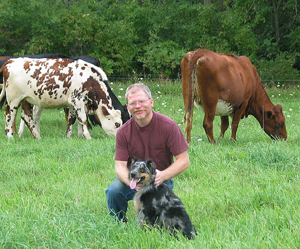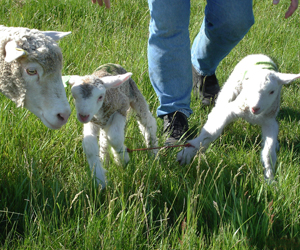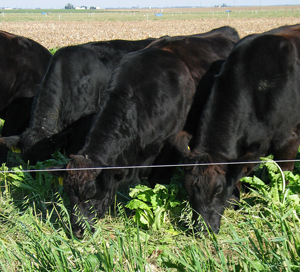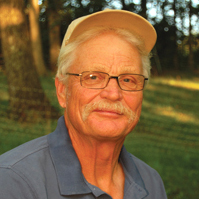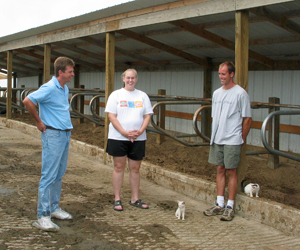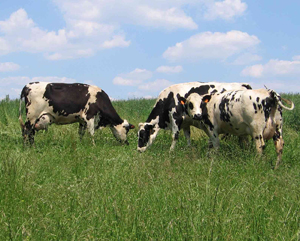By Joel McNair, Belleville, Wisconsin — Talk of $200 per barrel crude oil and seven-dollar per gallon gasoline grabs headlines and earns sound bites, and indeed these things may be reality sooner rather than later. Or they may not.
History and common sense tell us the current oil price trend line will not continue unabated. My own guess, shared by others but still mainly conjecture, is that a severe global economic slowdown created by a nasty combination of U.S. fiscal problems and entwined energy/food price inflation will depress oil demand over the next few years. U.S. use is already dropping, and the rapid pace of growth in India and China will be slowed, although probably not reversed. Continue reading “Making do at the end of the easy oil era”

